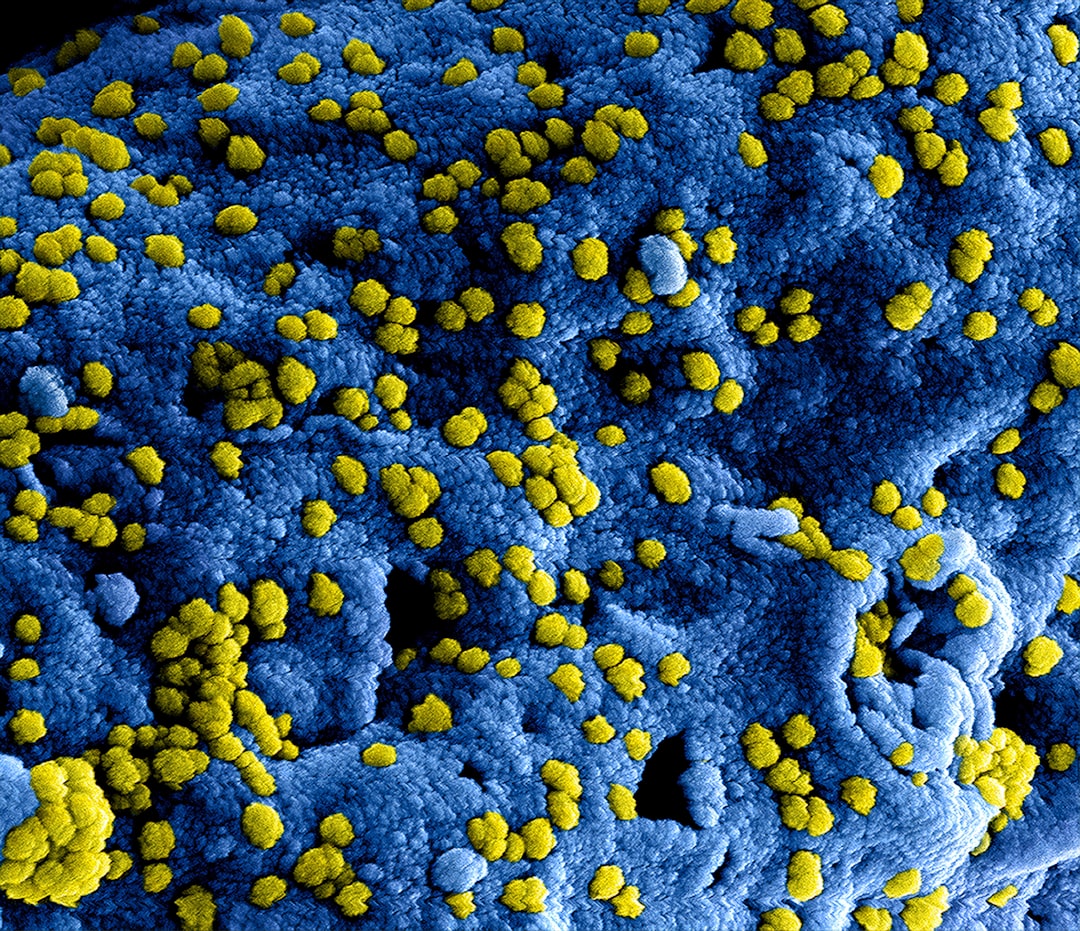What is it about?
Activated phenylalanine 4-monooxygenase, phenylalanine hydroxylase (PAH), is known to be involved in the S-oxidation of a number of sulfide compounds. One of these compounds, S-carboxymethyl-L-cysteine (SCMC), is currently used for the treatment of chronic obstructive pulmonary disease and otitis media with effusion as a mucolytic agent, and the S-oxides are the major metabolites found in urine. However, the enzyme catalyzing the S-oxidation of SCMC has yet to be identiWed. Here we report on the role of nonactivated phenylalanine 4-monooxygenase activity in rat liver cytosol in the S-oxidation of SCMC. Linearity of the enzyme assays was seen for both time (0–16min) and cytosolic protein concentration (0.1–0.5mg/ml). The calculated Km and Vmax values for the formation of SCMC (S) S-oxide were 3.92 +/- 0.15mM and 1.10 +/- 0.12nmol SCMC (S) S-oxide formed/mg protein/min, respectively. The calculated Km and Vmax values for the formation of SCMC (R) S-oxide were 9.18 +/- 1.13mM and 0.46 +/- 0.11nmol SCMC (R) S-oxide formed/mg protein/min, respectively. These results indicate that in the female Wistar rat, nonactivated PAH showed a stereospecific preference for the formation of the (S) S-oxide metabolite of SCMC against the (R) S-oxide metabolite of SCMC.
Featured Image

Photo by Thought Catalog on Unsplash
Why is it important?
This paper is the fist report of the involvement of phenylalanine 4 monooxygenase in the S-oxidation of SCMC.
Read the Original
This page is a summary of: Phenylalanine hydroxylase: possible involvement in the S-oxidation of S-carboxymethyl-l-cysteine, Analytical Biochemistry, December 2004, Elsevier,
DOI: 10.1016/j.ab.2004.08.003.
You can read the full text:
Contributors
Be the first to contribute to this page










